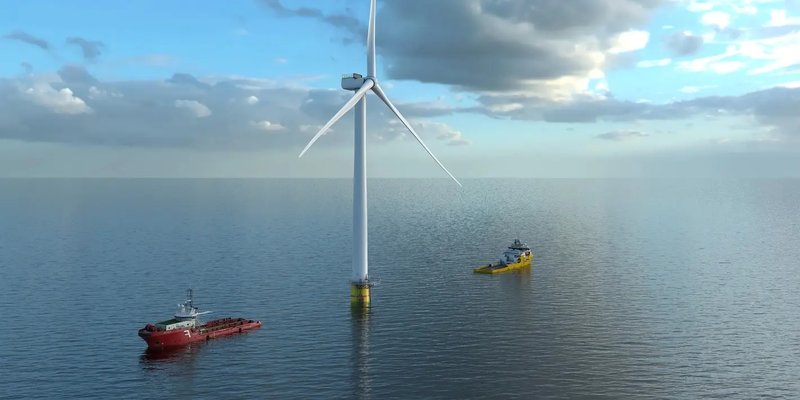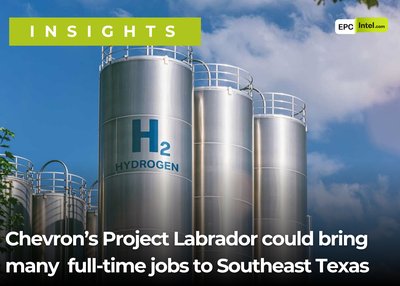Construction on the Empire Wind offshore wind project off the coast of New York has resumed following the lifting of a federal stop-work order, marking a major step forward for one of the United States’ most high-profile renewable energy initiatives. The project, led by Norwegian energy giant Equinor, had been paused in April 2025 by the U.S. Bureau of Ocean Energy Management (BOEM) for a review of permitting procedures initiated under the previous administration.
The suspension triggered concern across the renewable energy sector, raising questions about political headwinds facing offshore wind development in the U.S. However, after coordinated negotiations between federal agencies and other key stakeholders, the stop-work order was officially lifted in mid-May, allowing Equinor to resume work on Empire Wind 1.
Equinor CEO Anders Opedal expressed appreciation for the “constructive engagement” that led to the resolution. “We are pleased that Empire Wind can proceed and contribute meaningfully to New York’s clean energy goals,” he stated. The project is now more than 30% complete and aims to be operational by 2027.
Empire Wind 1, part of a two-phase development, is expected to generate 810 megawatts of electricity—enough to power approximately 500,000 homes. Beyond its clean energy impact, the project is expected to create around 1,500 jobs during construction and ongoing operations, supporting local economies and workforce development in the region.
The federal pause had initially unsettled investors and developers amid broader concerns about the offshore wind industry’s financial viability in the face of inflation, supply chain disruptions, and rising interest rates. However, the restart of Empire Wind is now being interpreted as a vote of confidence in the U.S. offshore wind market. Equinor’s share price saw a modest uptick following the announcement, while the broader market interpreted the decision as a political rebalancing in support of infrastructure and energy diversification.
Empire Wind also plays a pivotal role in New York State’s broader renewable energy strategy, which targets 70% renewable electricity by 2030 and zero-emissions electricity by 2040. The project’s proximity to New York City provides a key logistical and grid advantage, enabling direct integration into one of the country’s highest-demand energy markets.
Notably, this latest development underscores the complexity of advancing large-scale energy infrastructure in the U.S. While political uncertainties can temporarily delay progress, Empire Wind’s resumption illustrates how collaborative governance across federal, state, and municipal levels can restore momentum.
The announcement comes amid a renewed global focus on energy security and decarbonization. Offshore wind, with its high-capacity factors and scalability, remains a cornerstone of clean energy portfolios in Europe and is increasingly seen as critical to achieving net-zero ambitions in the U.S.
With construction back on track, Empire Wind is poised to become a flagship example of public-private cooperation and sustainable energy development—offering lessons for future projects navigating regulatory, economic, and political challenges.
Photo: Credit Equinor




